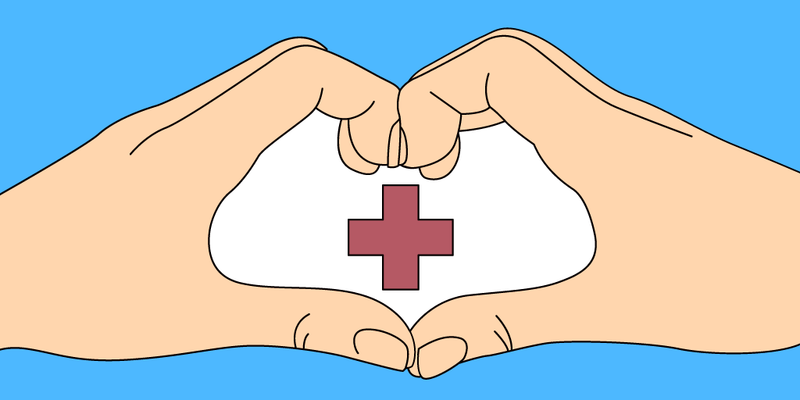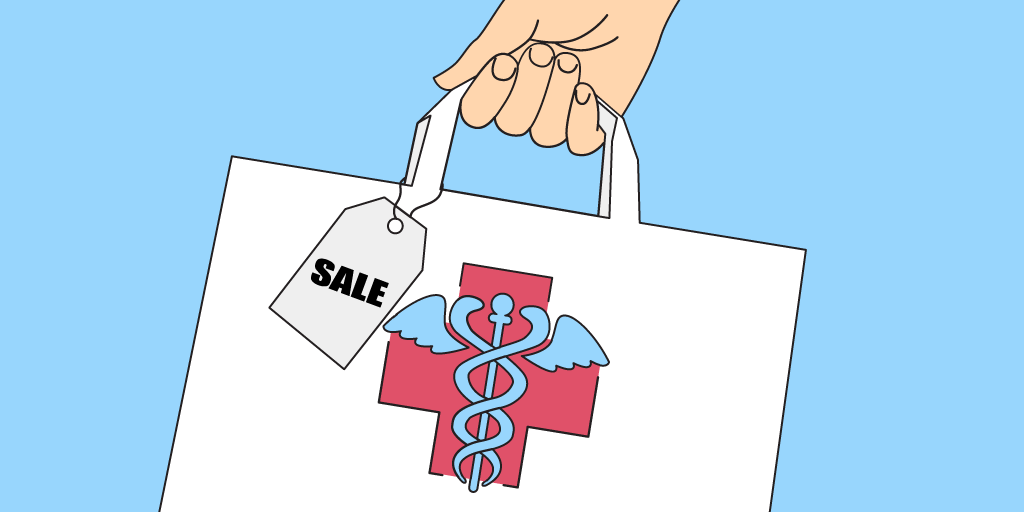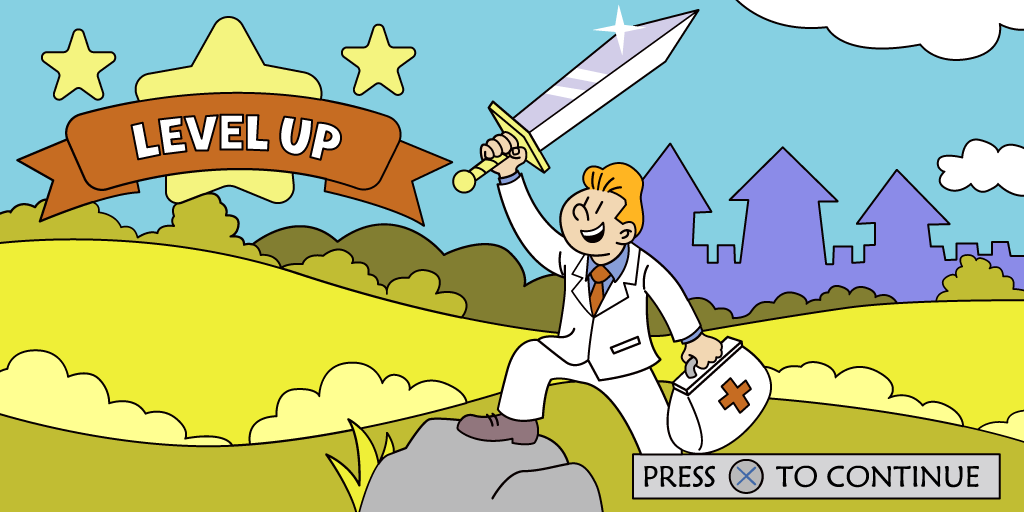Just like a customer is the centre of attention in retail, so is a patient in healthcare.
Despite these similarities, healthcare sadly keeps lagging behind its fellow industries when it comes to providing experiences. Although personalized service in healthcare sound less and less like a biting satire on the rapid retailization of the world, it’s still far away from being the accepted global standard.
How can things change? Why does personalization in healthcare matter so much? All of this, and more, will be discuss in today’s article.
Don’t want to wait until the end of the article to start personalizing patient care? Why not personalize their queuing experience, with Qminder’s free 14-day trial.
The Personalization Craze

What’s with all these talks about personalization, anyway?
As you might have heard, the on-demand economy and e-commerce are reaching an all-time high. People don’t want to get serviced anymore; they are seeking connection — and using the latest, state-of-the-art digital technologies, too.
The same thing is going on with healthcare: people want the convenience of modern age married with impeccable customer service.
As Julia Cheek’s article What's Driving the Personalization of Healthcare? points out, “Recent shifts in US healthcare and insurance legislation have helped push personalized healthcare forward”. As the average amount a person has to pay out of pocket for medical care rises — a 255% increase from 2006 to 2015 — the tendency is to look for cheaper, more convenient and affordable medical options.
It’s the fact of life that with recent advancements of digital technologies and proliferation of information distribution tools, people are now more educated than ever. This goes for retail as well as healthcare.
Although this spells more headache for doctors, who often need to manage patients who think they know better because they’ve read some articles on the Internet, the general sentiment is that patients need less hand-holding.
What they need instead is medical care that is more tailored to their needs and preferences. If you think this means a costly investment on your part, you can actually start small — and start right away.
The Upside of Personalization: Winning Over Your Patients' Hearts

Loyalty is as much of a benefit as it is in other industries — perhaps ever more so in healthcare. As hospitals cannot adopt the same marketing gimmicks as your average beauty salon or a brick-and-mortar shop, they tend to favor the word-of-mouth marketing.
In this context, loyal patients are not only those who visit the same clinic year after year — after all, habit is one hell of a drug (pardon the pun) — but those who recommend their doctors to family, friends and colleagues.
How does patient personalization play into this? It turns out that hospitals that personalize their patient experience can see up to five times higher retention rates.
Seems like personalization is not a fad after all; rather, it’s a sought-after feature that not many hospitals out there are willing to bank on.
The expectations patients have of healthcare facilities keep increasing, with personalized experiences slowly becoming the norm. The vision of the healthcare’s future is clear: patients engage and share their information with hospitals and practitioners, who in turn use this information to further personalize the experiences.
Smarter Patient Data

Therapy is contingent on having all the necessary data. The more information your patients provide and the more information you can analyze, the better their therapy experience is.
Dr. Hossein Fakhrai-Rad points out in Patient Data-Driven Personalization Key to Fixing Today’s Broken Health Assessments that health assessments need to take into account “the unique way that [patients’] risk factors interact with [them], not the aggregate”.
Research shows that patients are more likely to change their behavior if a doctor focuses more on their own personal risk factors. This, of course, requires a comprehensive view of the patient’s data, which calls for more data-backed personalization.
That is to say nothing of other medical improvements, like wearables and other personal monitoring devices that provide real-time medical data. It doesn’t mean that doctors are not needed anymore; rather, the doctors have more easily accessible patient information they can act on and provide context for.
A Case for Patient Satisfaction

You don’t need to be a psychic to know that receiving an exceptional service makes it hard to go back to the old-and-tired experience.
On the other hand, failing to meet your patient’s expectations means losing this patient forever. When you take into account the word-of-mouth marketing, losing one patient means losing a number of potential ones.
To put it into a financial context, the loss of a patient due to dissatisfaction equates to the loss of over 200,000 USD. That is to say, patient satisfaction is a necessity, or rather a solid investment in the future of your own hospital.
But caring just about not losing a patient can only get you so far. How about getting more patients thanks to experience personalization?
Personalization 101: First Aid Kit

What can you do to personalize your patients’ treatment?
Genuine care for other people is hard to fake, not that you should fake it, but there are small ways in which you can start providing a more personal medical experience today.
Here’s a basic list of things NOT to do if you don’t want to seem cold and unapproachable:
Refusing to shake hands.
Avoiding eye contact.
Not asking how the patient is doing or some unassuming personal questions (“How’s work/kids/wife?”).
Of course, the importance of greeting your patients is not to be understated. It’s not only a polite thing to do: when you hear your own name, it positively affects your mood and brain activity.
In other words, it reinforces the feeling of closeness between a patient and a doctor, which helps start things off on the right foot.
Medical care personalization offers plenty of bonuses and it does not require heavy investments to start seeing results. Even going as small as updating your hospital queue management system can save you and your patients a lot of headache — colloquially speaking.
Don't believe us? Then read up on the adverse effects of wait times in healthcare, and decide what you care about more — the status quo or your patients.
Times, they are a-changin' — and you'd better keep up with them.






